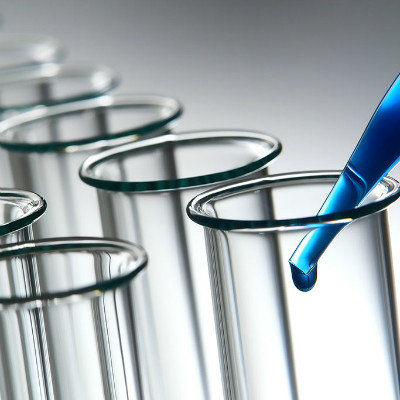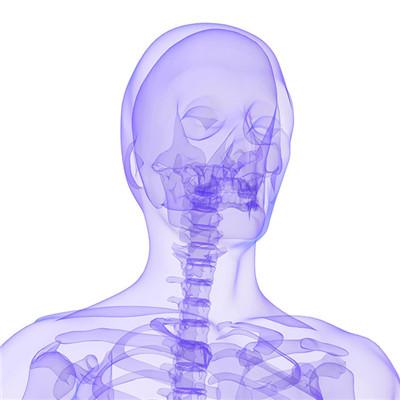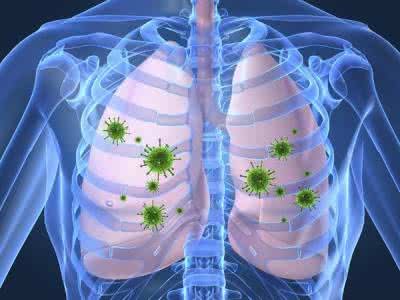What is inclusion body?
summary
Inclusion bodies are high-density, insoluble protein particles encapsulated by membrane when foreign genes are expressed in prokaryotic cells, especially in E.coli. They are high refraction areas when observed under microscope, which are obviously different from other components in cytoplasm. The formation of inclusion bodies is complex, which is related to the rate of protein formation in cytoplasm. The concentration of newly formed polypeptides is high, and there is not enough time to fold, thus forming amorphous protein aggregates; In addition, the formation of inclusion bodies is also considered to be related to the culture conditions of host bacteria, such as medium composition, temperature, pH value, ionic strength and so on.
What is inclusion body?
Definition of genetic engineering: under certain growth conditions, E.coli can accumulate some special biological macromolecules, which are densely gathered in cells, or encapsulated by membrane or formed bare structure without membrane. This water-insoluble structure is called inclusion body.

In the process of virus proliferation, a kind of pathological structure with protein property is often formed in the host cells, which can be seen under the light microscope. Most of them are round, oval or amorphous. Generally, it is composed of complete virus particles or virus subunits that have not been assembled; A few of them are the reaction products of host cells to virus infection and do not contain virus particles. Some are located in the cytoplasm (such as smallpox virus inclusion body), some in the nucleus (such as herpes virus), or both in the cytoplasm and nucleus (such as measles virus).

Generally, it contains more than 50% recombinant protein, the rest are ribosomal elements, RNA polymerase, outer membrane proteins OmpC, OmpF and OmpA, circular or notched plasmid DNA, liposome and lipopolysaccharide, etc. the size is 0.5-1 um, which is insoluble in water and only soluble in denaturants such as urea and guanidine hydrochloride.

matters needing attention
The higher the expression level, the easier the formation of inclusion bodies. The reason may be that the synthesis speed is too fast, so that there is not enough time for folding, disulfide bonds can not pair correctly, too much non-specific binding between proteins, proteins can not achieve enough solubility, etc.
















